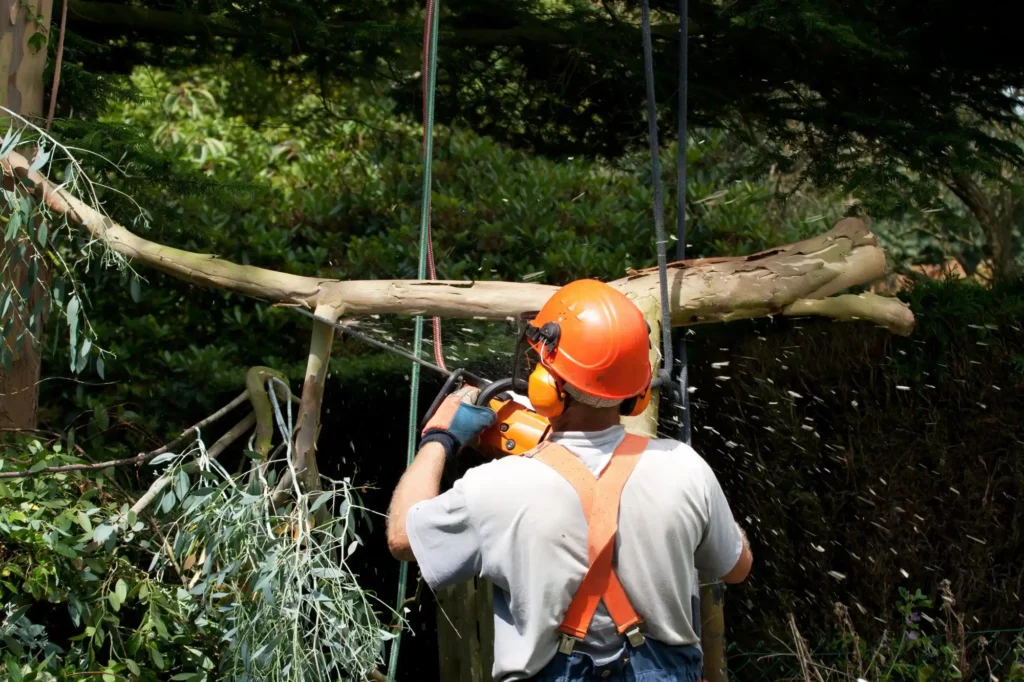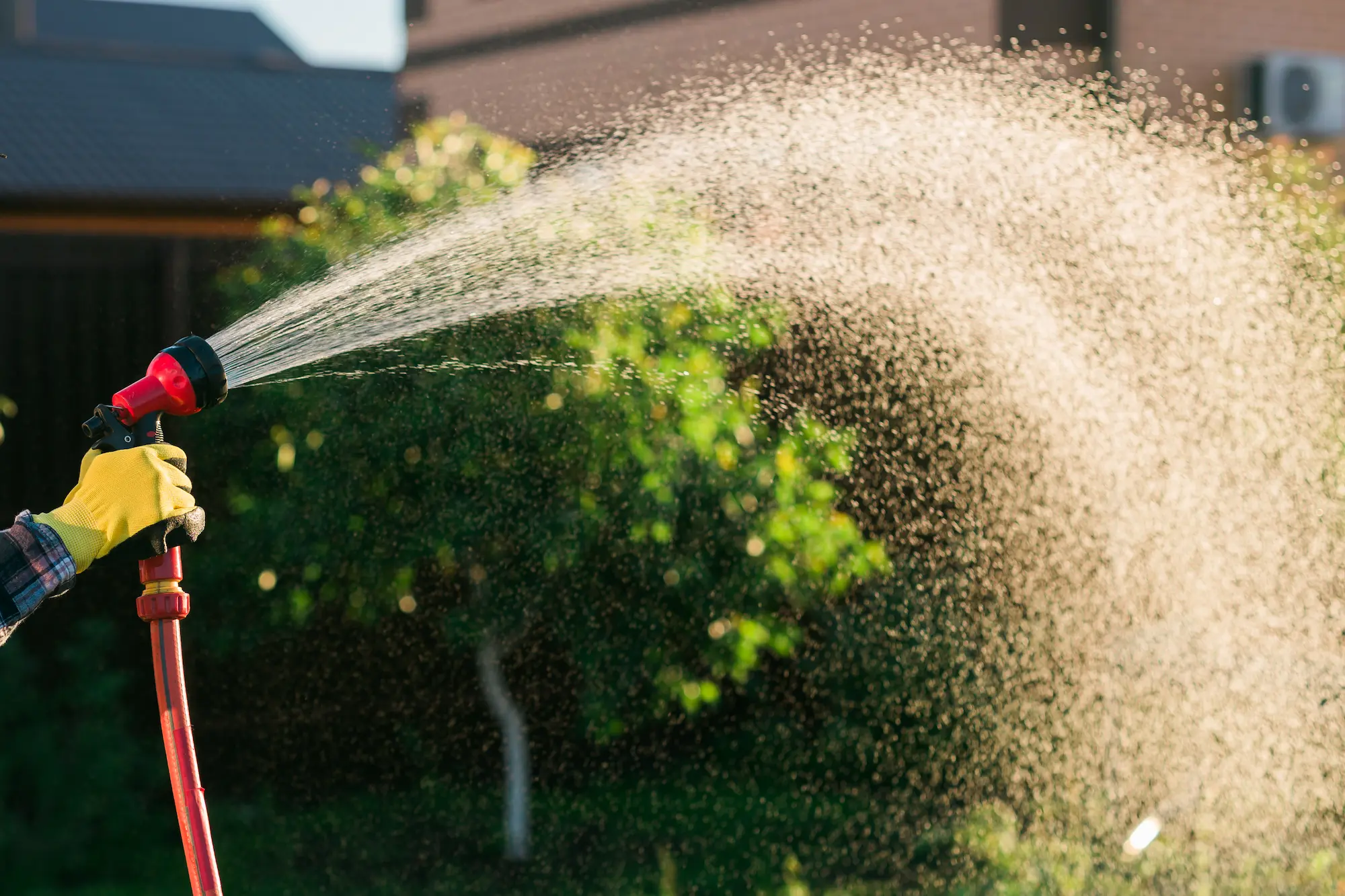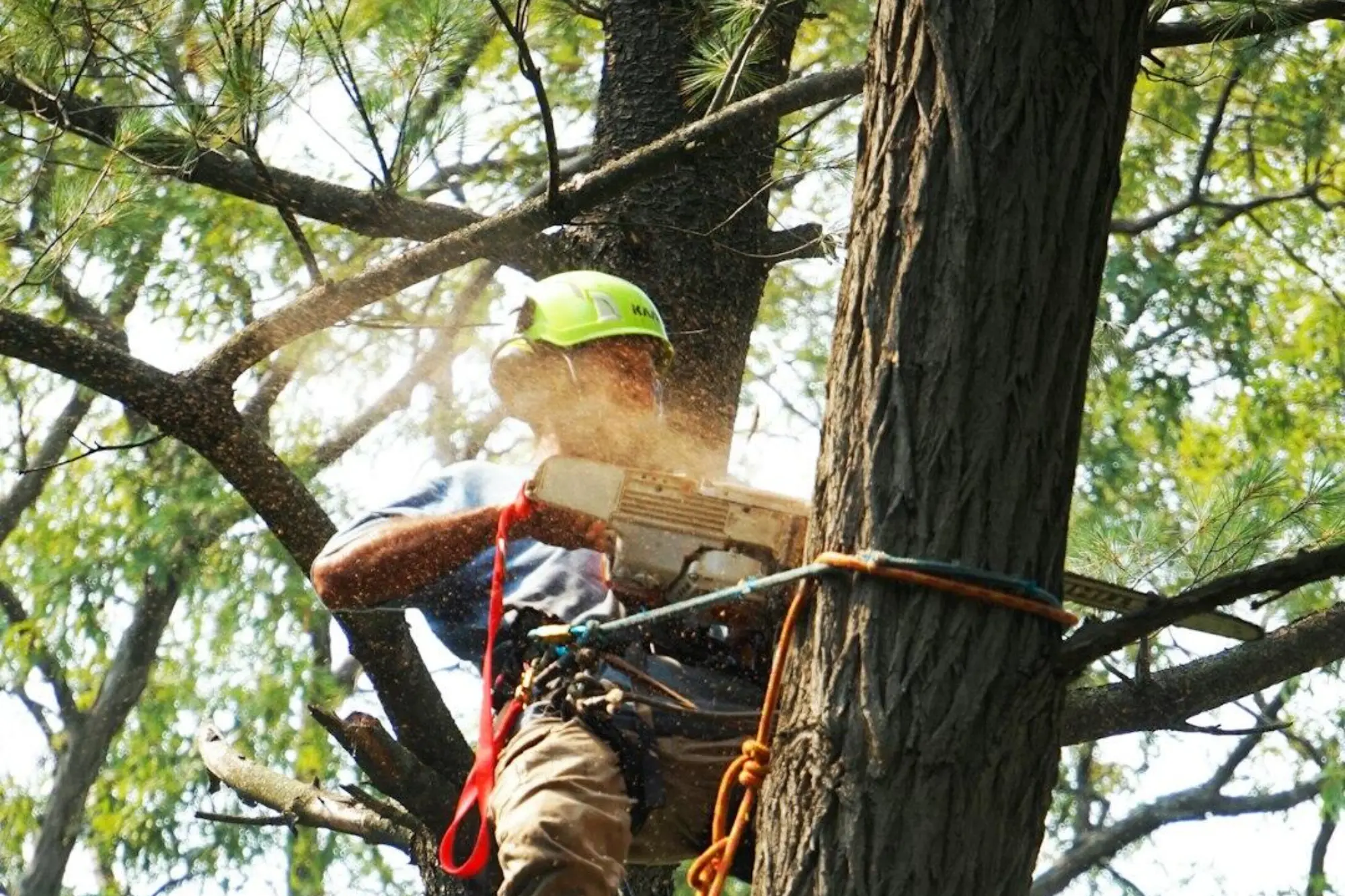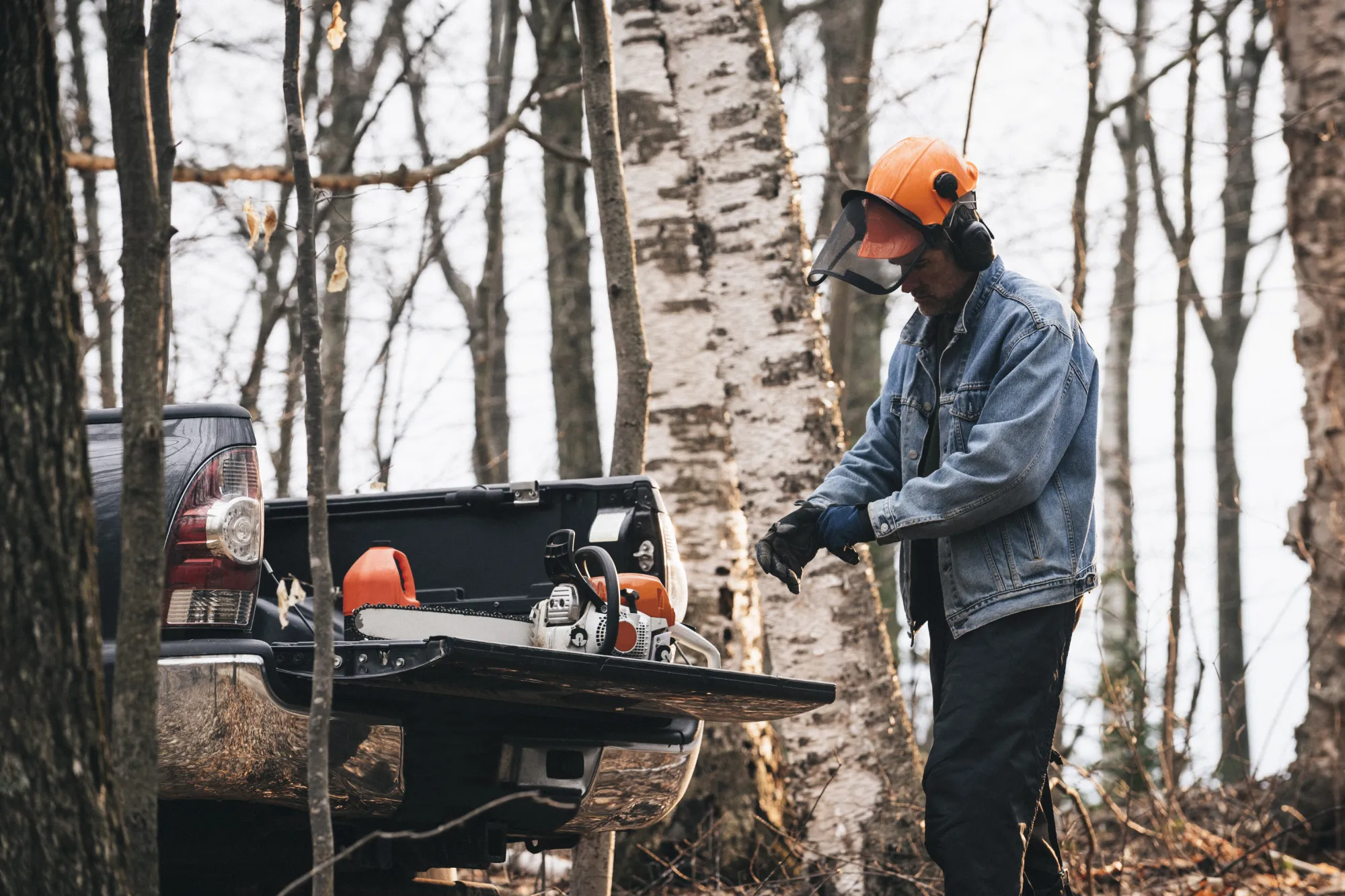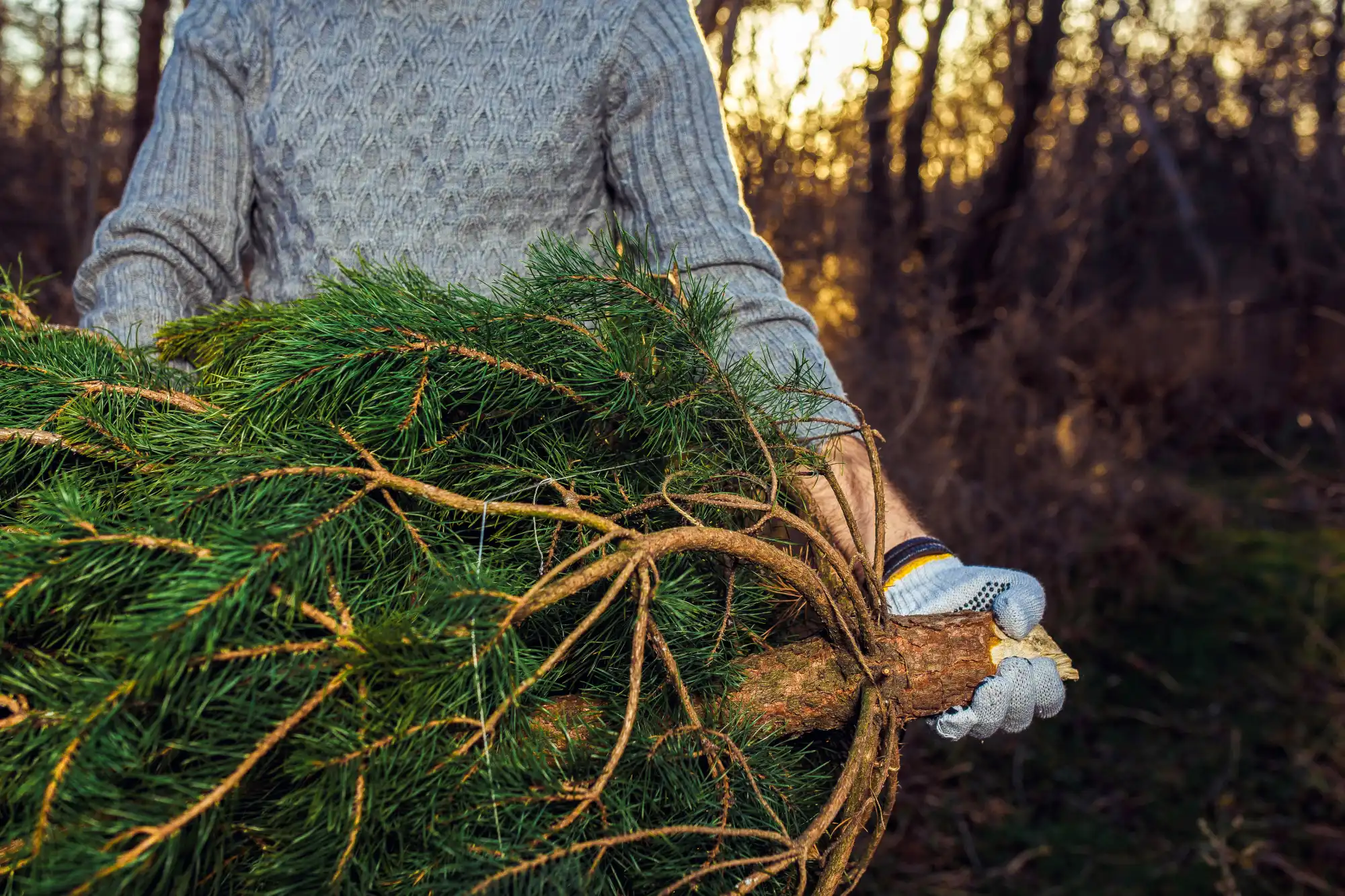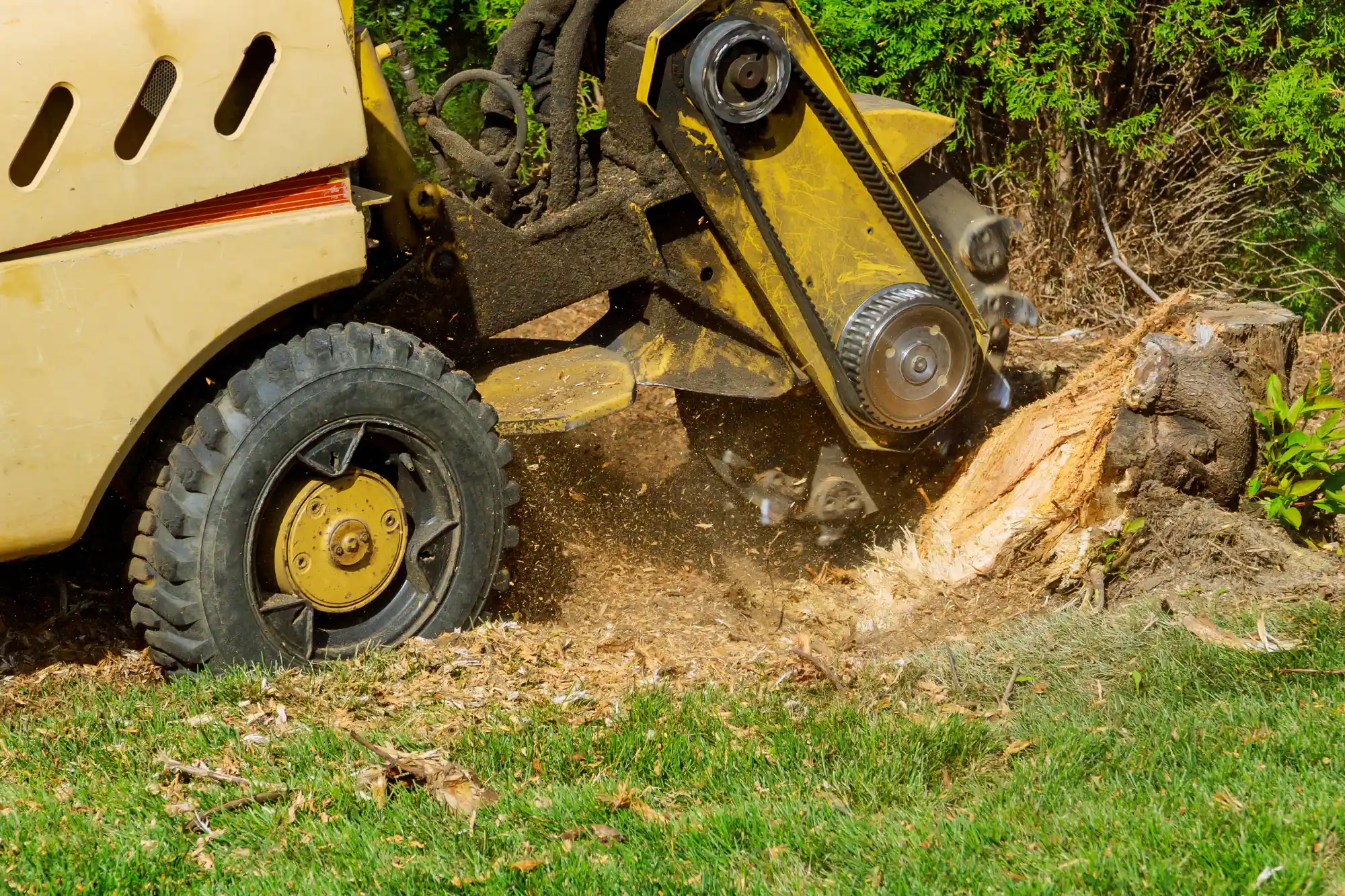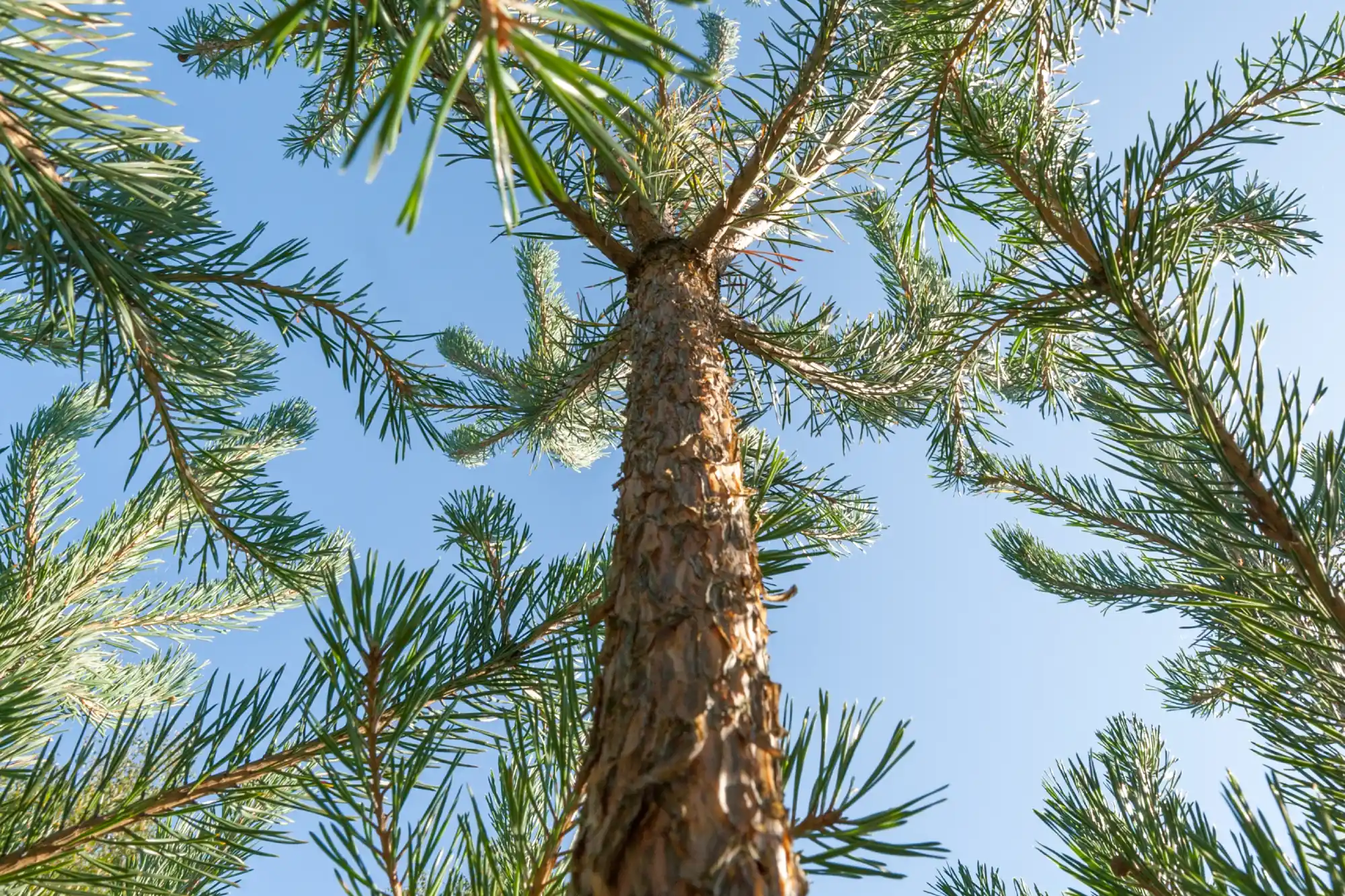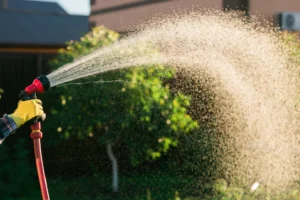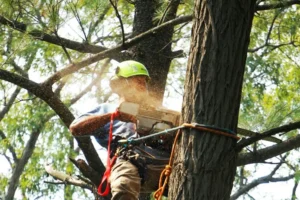The beautiful state of Texas is home to between 255 and 281 species of native trees. While many of these trees are lush with large branches full of leaves, some struggle. If your tree isn’t growing as it should, you may need to remove some branches.
Look out for these signs that your tree needs tree limb removal.
Time of Year
Trees benefit from routine tree maintenance called pruning. Young trees especially benefit because pruning encourages healthier and bigger growth come the growing season. In the long run, the branches are stronger, helping the tree ward off pests and disease.
The ideal seasonal pruning time is different depending on the tree type. For some, it takes place around fall. For others, it takes place at the end of winter.
Generally, you want to prune the tree during its dormant time. That way, you have already pruned when the tree cycles back to its growing season.
Dead Branches
Dead branches no longer grow. They eventually grow weak and can easily fall from the tree. This is dangerous.
Trimming off the dead branches removes the risk and helps the tree thrive by redirecting nutrients to healthy branches. It also protects the tree, as dead branches are attractive places to make a home for pests.
Sick Branches
A sick tree typically has a slow death. It may seem fast because we do not notice the signs early on. One of the best places to look for disease is on the branches.
It could be leaves changing color or dropping at the wrong time. Or it could be unusual growth that doesn’t match the rest of the tree’s branch growth pattern.
Trimming the tree can help the tree regain its health. First, removing the sick branches takes away the source of the disease. It helps prevent the disease from spreading to other branches.
Second, removing the branches opens the canopy, increasing light and airflow throughout the tree. It also reduces the occurrence of the tree branches rubbing on each other. So you eliminate the tree branches having open sores where disease could enter.
Damaged Branches
If some of the tree’s branches are damaged, they expose the tree to pests, disease, and rotting. The outer bark acts like a barrier, so damage compromises it. Proper pruning at the branch collar makes it easier for the tree to heal.
Exposed Roots
Walk around the tree’s base and check the ground for exposed roots. If the tree is healthy, you won’t find any. Trees that have exposed roots need pruning of their branches.
Look at the tree’s opposite side from where you find the exposed roots. This is the heavy side of the tree. The weight of the branches pulls on the tree, causing the tree to lean and the roots to rise.
You can address this issue by trimming the branches and reducing the weight.
Cracks in the Trunk
Large cracks developing in the tree’s trunk are a sign of stress and instability. If neglected, they can cause the tree to fall. You can save the tree with the help of a tree professional.
They may need to reduce the weight on the trunk by trimming the branches. This also reduces the demand on the tree. That way, the tree can dedicate more time to healing itself.
Hollow Trunk
A healthy tree typically has a solid trunk providing support and nutrients for branches. If the tree’s trunk is hollow, it doesn’t have the strength to support the branches. You risk the weight of the branches pulling the tree down.
Do not assume that the hollow tree has to come down. Have a tree expert evaluate the tree to determine its viability.
Bug Damage
Pests find trees an enticing place to make their home. Unfortunately, the pests can eventually kill the tree. How you eliminate the infestation will depend on the type of pest.
Some can get treated with an insecticide. With other pests, gathering and destroying the infected branches is your only option.
Branch trimming can also prevent your trees from getting pest infestations. Remove the branches that are dead, damaged, or near mulch and grass.
Fungal Disease
The oak trees in Texas currently face a devastating fungus that is making its way across the state. Sadly, the majority of oak trees with the fungus die from it. Those trees that do survive must get treated every few years and will never get rid of it.
However, not all fungal issues are this dire. If you notice that your tree has a fungus on its branches, one option is to remove the branches. In addition to other treatment methods, this can rid the tree of the damaging fungus.
Before you start cutting branches, consult with a professional tree service. They can identify the fungus and guide you on the best approach for treating your tree.
Excessive Canopy Density
A healthy tree will have a lush canopy of branches full of leaves. However, this can work against the tree when the branches grow too aggressively. Tree trimming can thin out the upper canopy.
When more light can get through the upper canopy, it helps the tree develop a fuller branch structure. It becomes less top-heavy and better balanced.
Structure or Wiring Interference
Sometimes, the original placement of a tree was not the best. When small, the tree didn’t interfere with anything. However, once the tree grew, its branches began to impede the nearby structures and wires.
You need to trim the branches so that they do not cause damage to buildings or wires. A professional tree service can trim the branches to help the tree grow in its confined space.
Consider Tree Limb Removal
If your tree exhibits any of these signs, you need to consider tree limb removal. By removing the problematic branches, you help your tree allocate its resources better.
At the Greenpine Tree Service, we work with tree owners to help them fix their trees. Our services include pruning, tree removal, stump grinding, cable installation, and bracing.
Protect your tree and help it thrive by requesting a free estimate for tree trimming from Greenpine Tree Service.



